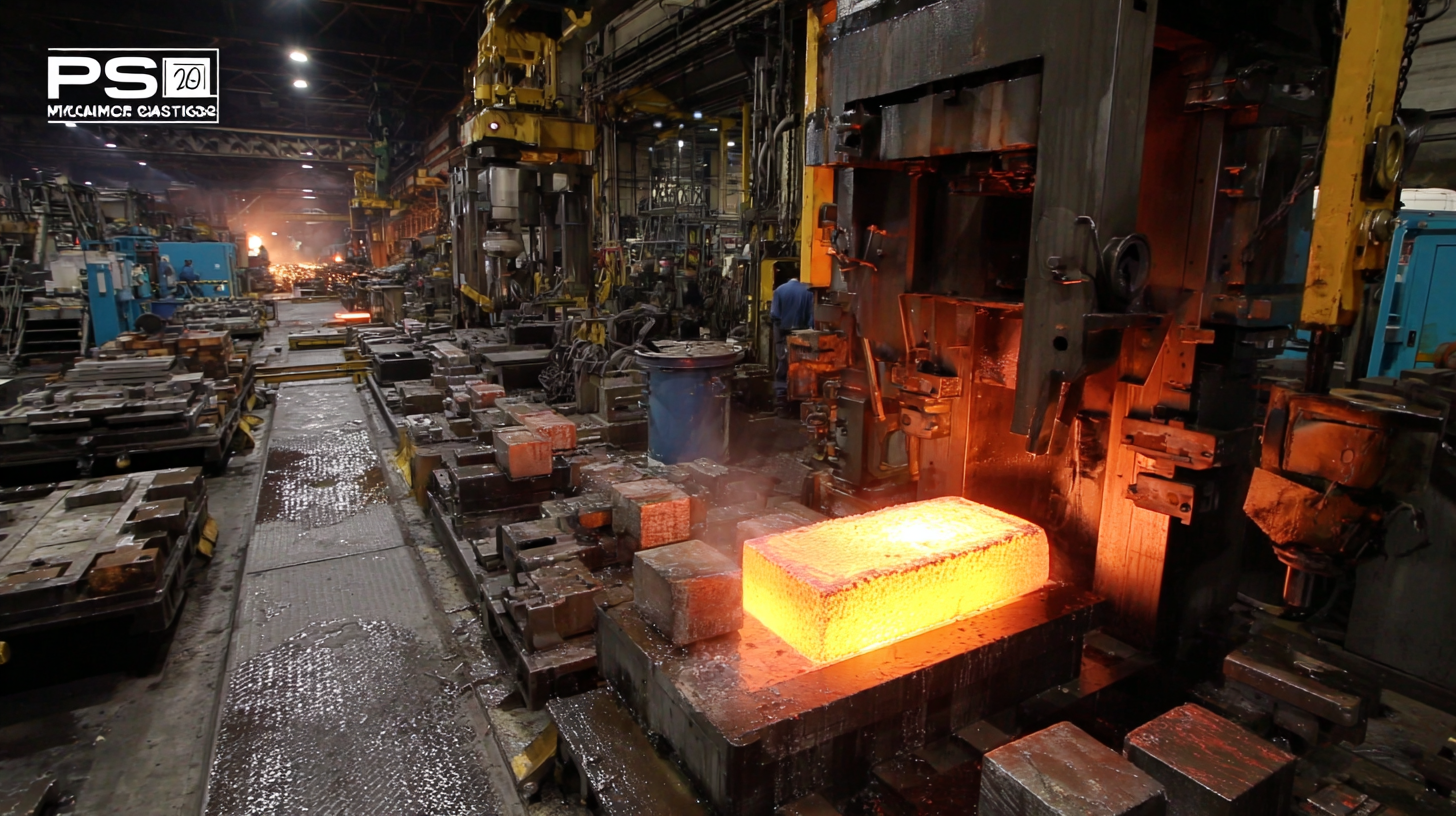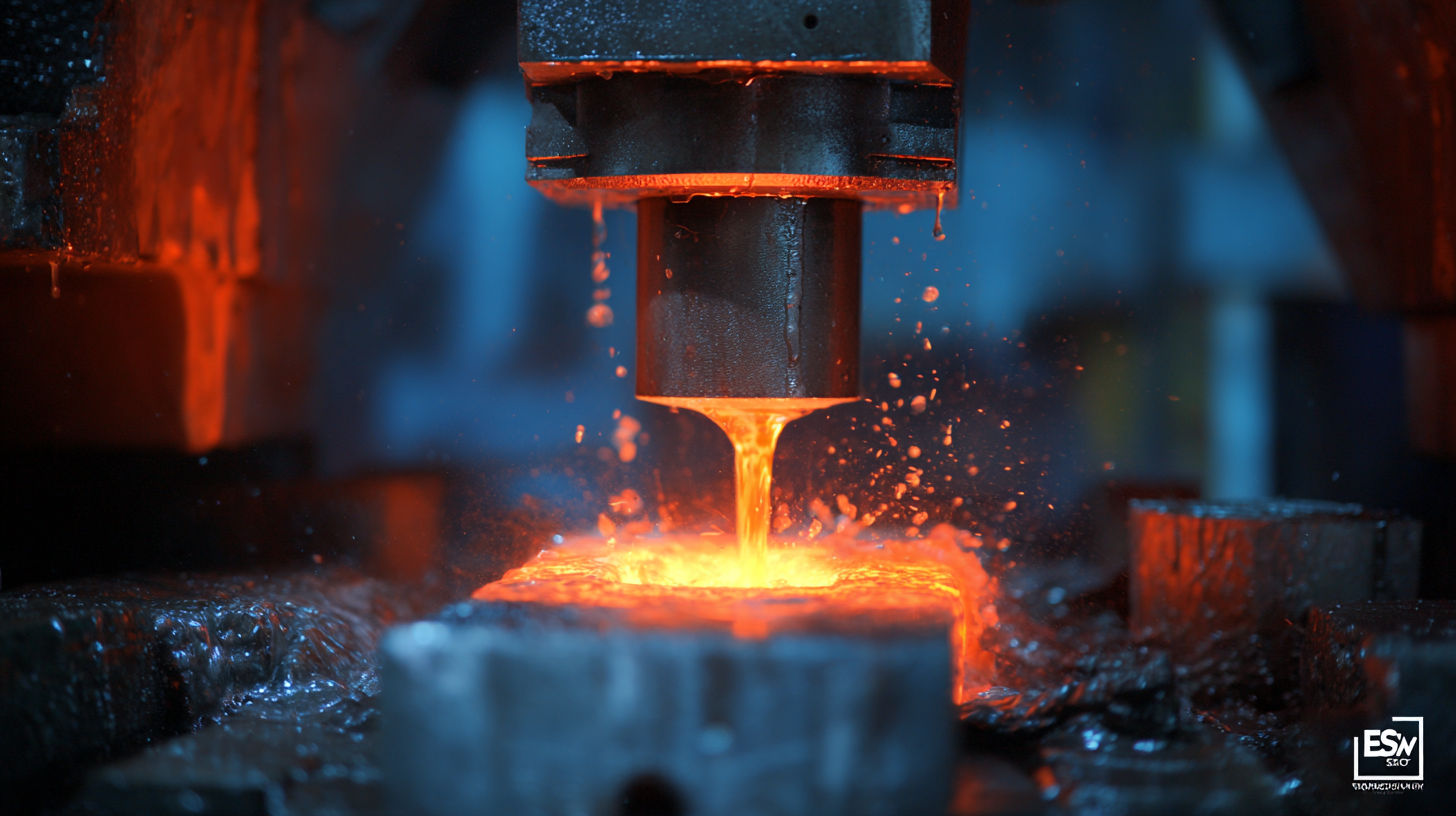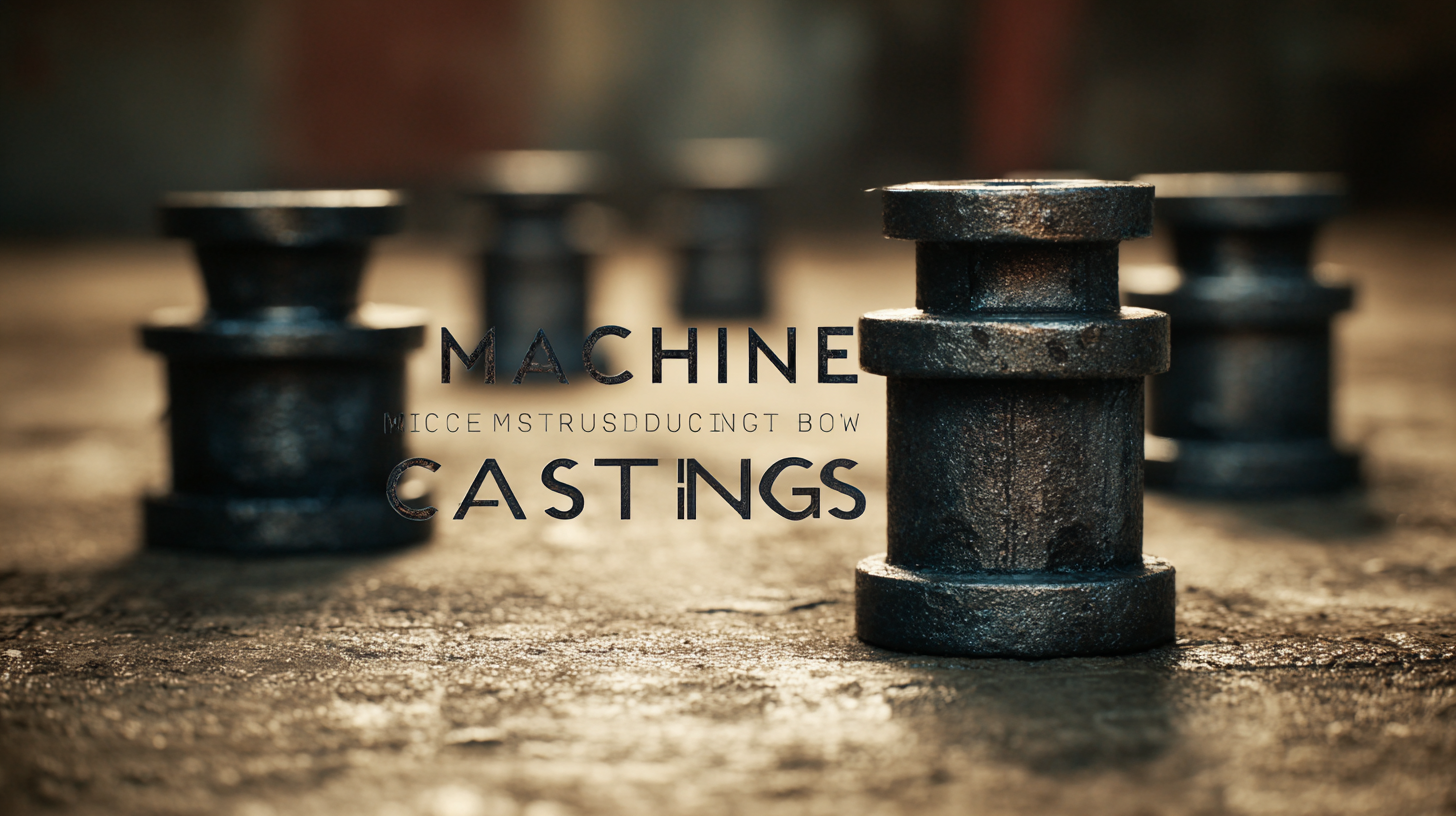
Challenges in Meeting Industry Production Standards for Best Machine Castings
In today's competitive manufacturing landscape, achieving high-quality machine castings is paramount for success. However, meeting industry production standards poses significant challenges that can hinder progress. As businesses strive to enhance efficiency and maintain product integrity, the quest for reliable suppliers becomes increasingly critical. This ultimate guide will delve into the complexities of sourcing top-notch machine castings, exploring the common obstacles faced during the procurement process. From understanding material specifications to evaluating supplier capabilities, the insights provided here aim to empower manufacturers with the knowledge needed to secure superior castings that meet or exceed industry standards. By navigating these challenges, companies can ensure the durability and performance of their products while fostering long-term partnerships with trusted suppliers.

Understanding Industry Production Standards for Machine Castings
In the world of manufacturing, adhering to industry production standards for machine castings is vital for ensuring quality, efficiency, and safety. These standards serve as benchmarks that guide manufacturers in producing castings that meet both functional and aesthetic requirements. Understanding these standards is crucial not only for compliance but also for maintaining a competitive edge in the market. For instance, standards dictated by organizations such as ASTM and ISO provide detailed specifications on material properties, tolerances, and testing methods that must be met to achieve industry certification.

However, the journey towards meeting these production standards is fraught with challenges. The variation in raw materials, differences in technology, and the labor skill gap can all affect the consistency of machine castings. Moreover, manufacturers often face pressures to reduce costs and shorten lead times, which can lead to corners being cut in the production process.
Continuous education and training for staff, investment in advanced technologies, and the implementation of rigorous quality control measures are essential strategies to address these challenges and ensure that machine castings not only meet but exceed the established industry standards.
Common Challenges Faced in Achieving Optimal Casting Quality
Achieving optimal casting quality in machine castings is fraught with challenges that can significantly impact production standards. One common hurdle is the consistency of raw materials. According to a report by the American Foundry Society, variations in alloy composition can lead to significant discrepancies in mechanical properties, ultimately affecting the integrity of the finished product. For example, fluctuations in silicon content in aluminum alloys can lead to increased porosity and reduced strength, which is critical for components subjected to high stress.
Another prevalent challenge lies in the casting process itself. The Simulation and Visualization in Manufacturing and Assembly (SiMMA) initiative indicates that improper mold design and inadequate cooling rates can result in defects such as shrinkage cavities and misruns. Statistics show that around 25% of castings are rejected due to such defects, emphasizing the need for advanced modeling technologies to predict and mitigate these issues effectively. Implementing rigorous quality control measures throughout the production cycle is essential to enhance yield and ensure that each casting meets industry standards.
Challenges in Meeting Industry Production Standards for Best Machine Castings
| Challenge | Description | Impact on Quality | Mitigation Strategy |
|---|---|---|---|
| Material Inconsistency | Variations in raw material properties can lead to defects. | Causes porosity and weakened structures. | Implement rigorous material testing protocols. |
| Casting Design Issues | Poor design can result in stress concentrations and defects. | Increases risk of cracks and failures in service. | Engage experienced design engineers in the planning phase. |
| Temperature Control | Inadequate temperature management during casting results in defects. | Leads to shrinkage cracks and surface imperfections. | Utilize advanced temperature monitoring systems. |
| Quality Control Inspections | Inconsistent inspection procedures fail to catch defects early. | Increases the likelihood of defective parts reaching customers. | Standardize and automate inspection processes. |
| Environmental Factors | External conditions like humidity and temperature can affect casting. | Can result in unexpected variance in finished parts. | Control ambient conditions in the production area. |
Techniques for Ensuring Compliance with Production Standards
Meeting industry production standards for machine castings poses significant challenges, particularly as manufacturers strive to maintain compliance with evolving regulations. Recent developments from the Greater Bay Area's national testing platform have emphasized the importance of robust compliance management systems. The introduction of national standards related to management system audits highlights a broader trend toward ensuring high-quality production while addressing environmental concerns, such as excessive packaging and carbon footprint regulations.

To achieve compliance, manufacturers should implement comprehensive quality assurance processes that integrate both operational efficiencies and sustainability practices. Data from industry reports indicate that companies adopting proactive compliance measures can reduce production defects by up to 30%, while also minimizing waste and energy usage.
Tips:
- Regularly engage with regulatory updates to adapt practices in line with new standards.
- Utilize advanced technologies and data analytics to monitor compliance in real-time, enabling swift responses to potential issues.
- Foster a culture of quality within the organization, encouraging employees to participate in continuous improvement initiatives.
Strategies for Reducing Defects in Machine Castings
Reducing defects in machine castings is a critical challenge faced by manufacturers aiming to meet strict industry production standards. One promising approach is the application of Lean Six Sigma (LSS) and the Define, Measure, Analyze, Improve, Control (DMAIC) methodology. These strategies focus on systematic and data-driven processes that help identify root causes of defects and implement effective solutions. For instance, a case study in a car parts supply company demonstrated successful defect reduction through these methodologies, showcasing enhanced productivity and improved product quality.
Another innovative method for defect detection involves machine learning technologies. By employing advanced algorithms, manufacturers can detect small casting defects with greater accuracy. Deep learning models, for example, have shown remarkable performance in recognizing and classifying surface imperfections, allowing for timely interventions before products reach the market. This integration of artificial intelligence into manufacturing processes not only minimizes defects but also enhances overall operational efficiency, proving crucial as the industry seeks to push the boundaries of quality and performance.
The Importance of Continuous Improvement in Casting Processes
In the manufacturing sector, meeting industry production standards for machine castings presents numerous challenges. One of the critical aspects is the casting process, where the melting behavior of mold powders can significantly impact the overall quality of the final product. In continuous casting, this melting behavior determines the slag pool thickness, which in turn affects the mechanical properties and surface quality of the slabs produced. Understanding the differences between laboratory conditions and real-world continuous casting setups is essential for optimizing production standards.
To enhance casting processes, continuous improvement is vital. Regular assessment and adaptation of the methods used in melting mold powders can lead to significant advancements in quality. For instance, utilizing experimental and numerical studies, like those conducted on low-pressure die casting for aluminum alloy components, can reveal insights into best practices and innovative techniques. Implementing these findings not only enhances product quality but also fosters a culture of continuous advancement in the casting industry.
**Tips:** Always keep abreast of the latest research on melting rate determinations, as this knowledge can guide improvements in melt quality and efficiency. Engaging in continuous training workshops on new casting technologies will empower your team to implement better practices. Lastly, don't hesitate to collaborate with researchers or industry experts to gain actionable insights that can lead to better production standards.
Challenges in Meeting Industry Production Standards for Best Machine Castings
This chart illustrates the percentage of common challenges faced in achieving production quality standards in the machine casting industry. The data highlights the need for continuous improvement in casting processes to address these challenges effectively.
